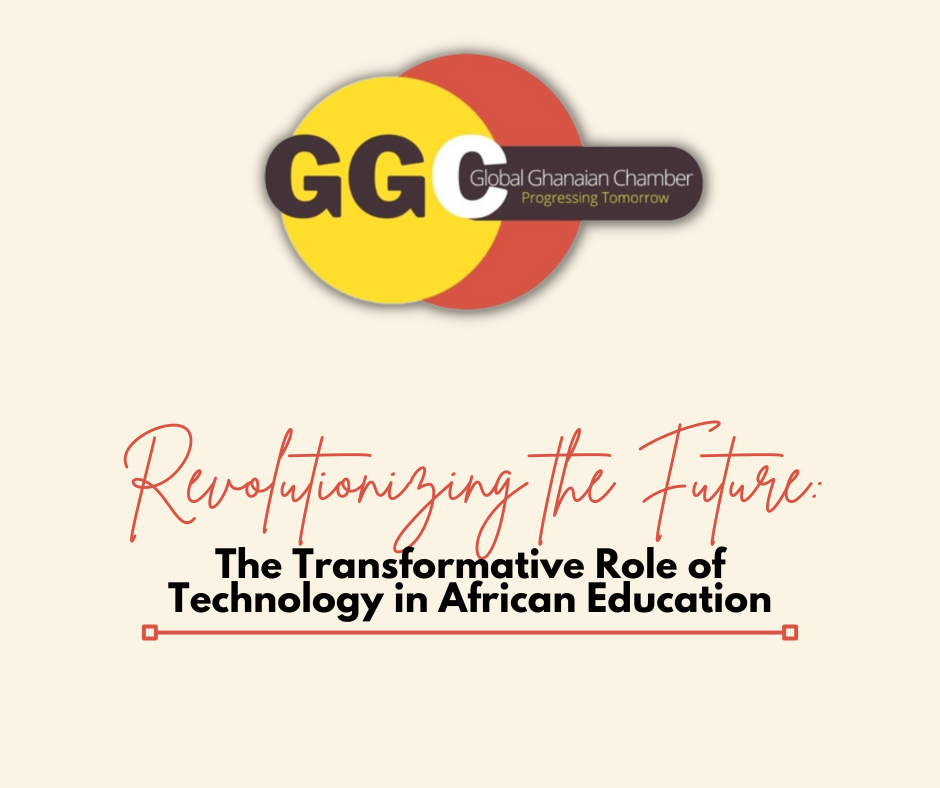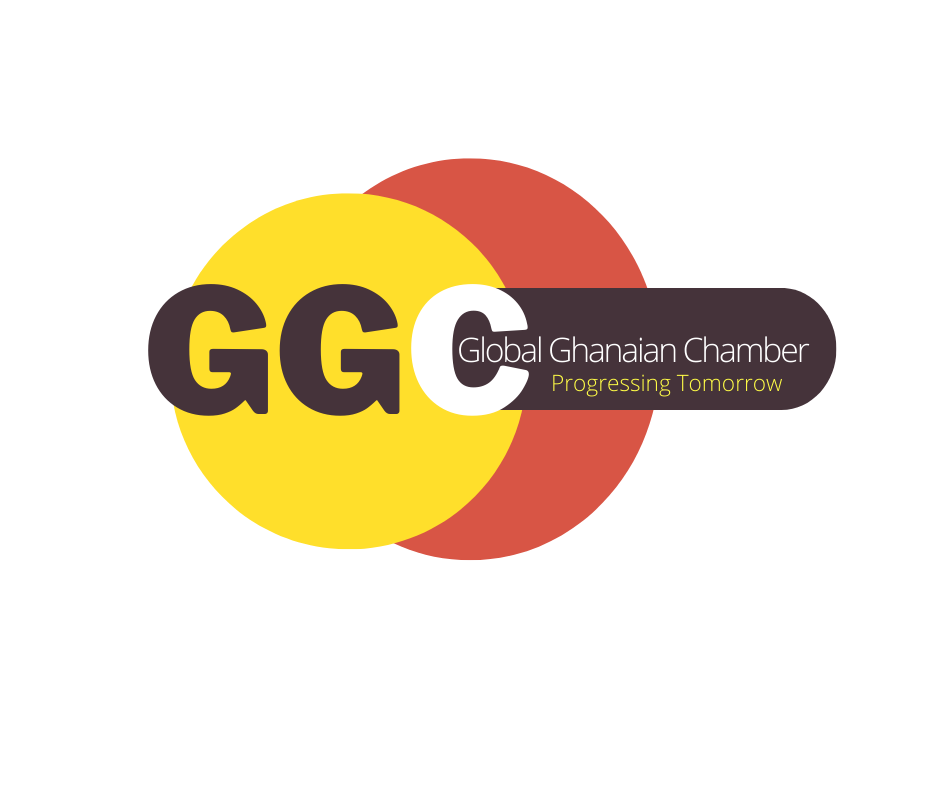
Revolutionizing the Future: The Transformative Role of Technology in African Education
Introduction: A Continent on the Cusp of Educational Reinvention
Africa stands at the threshold of a new educational dawn—one not driven by tradition, but by innovation. For too long, millions of African children have been denied equitable access to quality education due to poverty, conflict, and outdated systems. But now, technology is not just a tool—it is a catalyst for transformation. This moment calls for action, for urgency, and for unified efforts to shape a future where every African child holds a digital key to knowledge.
The Challenges: A System in Need of Intervention
Before embracing what is possible, we must confront what has been broken. Many African countries face challenges such as:
-
Overcrowded classrooms
-
Shortage of qualified teachers
-
Inadequate infrastructure
-
Low digital literacy rates
-
Limited access to learning materials
These aren’t just statistics. They are stories of lost potential, silenced dreams, and young minds left behind.
The Power of Technology: Creating Access, Equity, and Empowerment
Technology has the power to shatter these barriers. Imagine a child in rural Kenya learning algebra through a solar-powered tablet. Picture a teacher in Nigeria enhancing their classroom with AI-driven content in native languages. Visualize a community in Malawi where offline e-learning hubs bring hope to those without internet.
Here’s how technology is actively changing the game:
-
E-Learning Platforms & Mobile Apps
Students across Africa can now access curriculum-aligned lessons, live tutoring, and assessments through mobile phones. Apps like Eneza Education and ULesson are democratizing learning. -
AI & Adaptive Learning
Personalized learning paths powered by artificial intelligence are helping students learn at their own pace, increasing retention and engagement. -
Teacher Training & Development
Platforms like TESSA (Teacher Education in Sub-Saharan Africa) offer online professional development, equipping teachers with modern pedagogical skills. -
EdTech for Special Needs
Technology is giving a voice to the unheard—children with disabilities—through text-to-speech software, visual learning tools, and inclusive platforms. -
Digital Libraries & Open Educational Resources (OERs)
No more waiting for textbooks. Millions of open resources are now accessible anytime, anywhere.
Urgency in Action: Why We Must Act Now
Time is not on our side. Every year of inaction is a year of compounded loss. With the African youth population projected to double by 2050, the pressure to provide scalable, quality education solutions is immense.
We must:
-
Invest in infrastructure to ensure every student can connect and learn.
-
Forge partnerships between governments, startups, and international donors.
-
Champion digital literacy from the grassroots level.
-
Make data-driven decisions to optimize and localize learning tools.
This is not just a call for innovation—it’s a call for commitment, courage, and collaboration.
Conclusion: A Vision for an Educated, Empowered Africa
The question is no longer “Can technology improve African education?”
The question is—how fast can we act before another generation is left behind?
Let us not wait for the future to happen. Let us build it—boldly, inclusively, and now.
Because education is not just a right—it is the root of every solution Africa seeks. And technology is the light that can guide us there.





